What Is A Skylight Filter
UV, Skylight and Brume Filters
Remember that films and the CCDs backside your camera lens are sensitive to ultra-violet (i.eastward.. UV) rays, although they are invisible to our eyes. If you lot allow UV low-cal to exist recorded on the CCD, information technology is likely that your image will look blue and the color casts may non be acceptable. Moreover, UV and skylight type filters can also eliminate the lack of sharpness caused by UV radiations and reduces afar haze. UV and skylight filters are blueprint to remove UV light (to some extend) and the bluish bandage. UV filters are colorless and skylight filters are pink. Both filters can finer remove UV lite; however, skylight filters may produce warmish images because of their pinkish cast.
Excessive bluishness frequently occurs in outdoor photography, especially in open shade nether a clear, blue sky and near h2o front. The post-obit shows an case. The left paradigm was taken without a UV filter, and, the right one is taken with a UV filter.
UV filters blot UV calorie-free and are clear spectacles. Skylight filters are colored glasses and normally have a touch on of pink. In addition to absorbing UV calorie-free, the pinkish colour of a Skylight filter can also counter the excessive blue colour of the sky in a sunny day, and produce a warmish tone.
Haze is caused by grit particles in the air. These particles reflect shorter wavelengths more than the longer ones. Thus, UV is affected the well-nigh, followed by blueish, followed by dark-green and blood-red, and the recorded images will be non very sharp and look hazy. Haze filters are designed to reduce brume and are yellowish to counter the excessive blue. For example, Tiffen Haze one reduces excess bluish and transmits 29% at 400mm wavelength, while Tiffen Brume 2A provides greater ultra-violet correction than Haze 1 and transmits 0% at 400mm wavelength. All the same, for color photography, polarizers are frequently used. Notation that although polarizers many not cutting through brume every bit effectively as Brume filters practise, polarizer can increase the contrast of the scene by eliminating reflection!
A Comparison
The following is a simple comparison of various UV, Skylight and Haze filters. All images were taken in a heavy hazy day. The original image is shown below. Then, for each filter, nosotros take an image and the indicated rectangular portion is cut without editing.
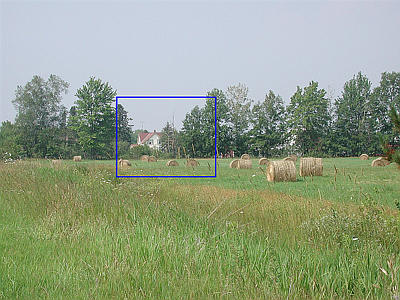 |
| The original image |
| Click on the icon to see a larger image |
The filters used for this comparison include three types: UV - the most popular blazon, Skylight 1A and 1B, and Haze. Those UV filters available to me include B+W UV 010, Crystal Optic UV, Hoya UV(O), Marumi UV, Nikon 28mm UV that comes with Nikon Coolpak and Nikon L37C. Of these six, the Crystal Optic, Marumi, Nikon 28mm UV are very pop among Coolpix shooters and accept a thread size of 28mm. The second type is Skylight 1A and 1B. The colored skylight filters can absorb UV light equally well equally providing a warm consequence. The third type is the xanthous Haze 1 and Haze 2A filters. Finally, UV filters are non built-in equal. They produce slightly different results. From the epitome beneath, one sees that UV, skylight and Haze filters practise increase contract, and the pinkish and yellowish color casts introduced by skylight and haze filters, respectively, are also obvious.
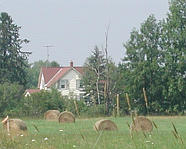 | 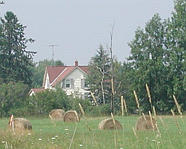 | 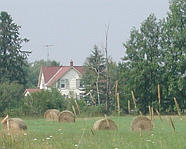 |
| No filter | B+W UV 010 | Crystal Optics UV |
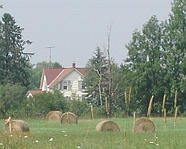 | 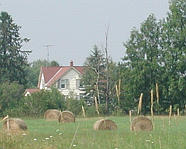 | 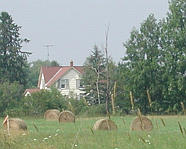 |
| Hoya UV(O) | Marumi UV | Nikon 28mm UV (Coolpak) |
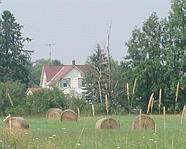 | 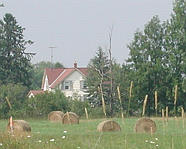 | 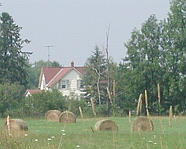 |
| Nikon L37C (UV) | Tiffen Skylight 1A | Hoya Skylight 1B |
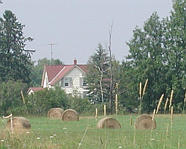 | 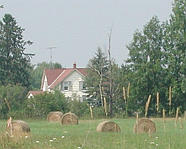 | 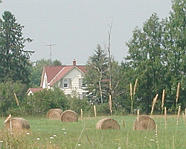 |
| Nikon L1BC (Skylight) | Tiffen Haze 1 | Tiffen Haze 2A |
| Click on the icon to see a larger prototype | ||
What Is A Skylight Filter,
Source: https://pages.mtu.edu/~shene/DigiCam/User-Guide/filter/filter-UV.html
Posted by: sanchezhoullatc.blogspot.com


0 Response to "What Is A Skylight Filter"
Post a Comment